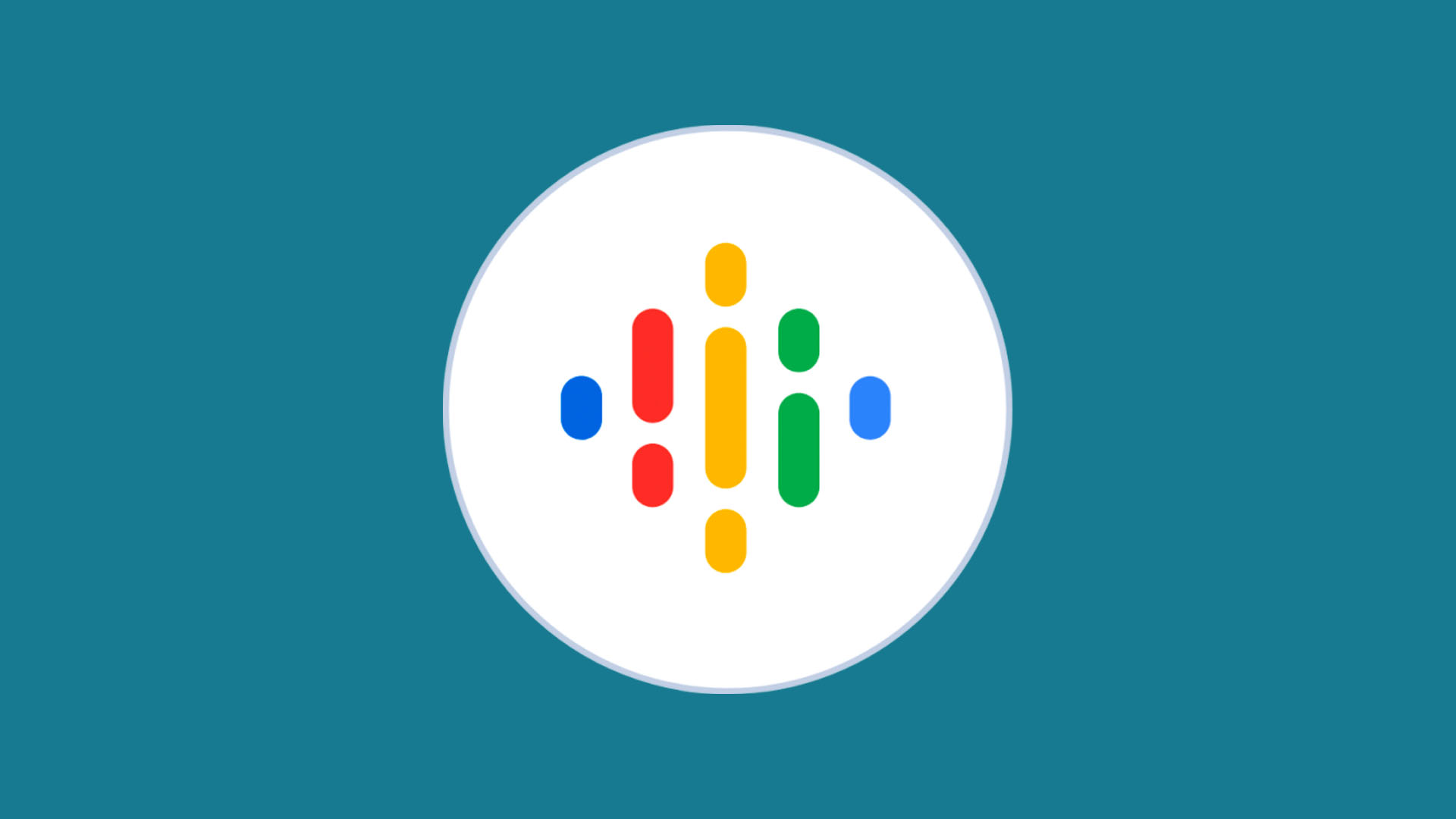In last month’s installment, we looked at the 3 Ws of 3D printing: why, who, and how. This month we will look at how 3D printing fits into your curriculum and instruction. You’ve probably heard the adage, don’t tech for tech’s sake. Have a reason for using a specific technology. The same applies to 3D printing. We don’t want to use 3D printing simply because it is flashy and exciting. We want to use it because it helps us meet our standards, goals, and objectives. It also provides a very hands-on, tangible skill set our students can use as part of a college and career readiness program.
“provides a very hands-on, tangible skill set our students can use…”
3D Printing and the Standards
How does 3D printing connect to national standards? As teachers, we are accountable for teaching national and subject-area standards, such as Common Core, Next Generation Science Standards, and, most recently, Computer Science. Since 3D printing requires students to think critically and creatively and to communicate and collaborate effectively, it meets many of our standards. Here is a sample:
| Standard Set | Standard | Example |
| Common Core (CCSS) |
SL.2.1 Participate in collaborative conversations with diverse partners about grade 2 topics and texts with peers and adults in small and larger groups. |
Second-grade students work together to design a braille model. |
| Next Generation Science Standards (NGSS) | K-PS3-2K-PS3-2. Use tools and materials to design and build a structure that will reduce the warming effect of sunlight on an area. | Kindergarten students design and print shelters to protect wolves in a wolf sanctuary. |
| Computer Science Standards (CSTA) | 1A-AP-11 Decompose (break down) the steps needed to solve a problem into a precise sequence of instructions. | First graders create 3D-printed Rube Goldberg machines. |
| Standards for Technological and Engineering Literacy | 2L. Create a new product that improves someone’s life. | Fifth graders design prosthetic limbs using CAD and 3D printing software. |
3D printing and the 4Cs
Preparing students for the future workforce has always been a key objective for teachers, regardless of grade level or content area. The 4C’s of 21st Century Learning is a common and popular framework to guide, organize, and plan instruction. The 4C’s are critical thinking, creativity, communication, and collaboration. Let’s take a look at how 3D printing connects to each of the 4C’s so you can easily integrate 3D printing into your classroom setting.
Critical Thinking
The ability to look at problems in new ways and connect learning across subjects is critical thinking. All major standards sets include some form of critical thinking, and 3D printing allows students to approach problems from multiple perspectives and connect different types of learning and meaning. 3D printing provides an easy way for students to evaluate real-world problems and devise solutions (for example, how companies are using 3D printing to meet the United Nations Global Goals).

Image courtesy of https://www.un.org/sustainabledevelopment/.
3D printing also provides a way to introduce the Engineering Design Process, a series of steps that engineers use to solve problems. As students work through the engineering design process, they imagine solutions, make plans, create prototypes, and improve on designs.

Image courtesy of https://www.nasa.gov/audience/foreducators/best/edp.html
Creativity
Creativity requires students to try new approaches to getting things done. It involves innovation and invention. Students using 3D printing are constantly innovating and inventing as they create prototypes and models in their CAD programs, such as Tinkercad for younger students and Fusion 360 for older students. 3D printing becomes even more powerful when students solve problems in their communities. One class of elementary students designed special clips for a classmate who struggled with the straps they wore on their legs. Another class created prototypes of shelters for their community to use during severe weather outbreaks. These creative solutions were made much more meaningful as a result of being connected to their personal lives.
Communication
Communication is the practice of conveying ideas effectively and efficiently, whether in speaking or writing. In this world of technology and text-based communication, it’s never been more important for our students to share their thoughts and ideas in a way that others can understand. 3D printing provides multiple opportunities for students to practice their communication skills. Here are a few examples:
- Taking their ideas and breaking them down into logical, sequential steps in a CAD program to create and print prototypes.
- Participating safely in online communities like Thingiverse to share and receive feedback.
- Pitching ideas for a class project using 3D printed prototypes.
Collaboration
Closely tied to communication is collaboration, the practice of working together to achieve a common objective or goal. Students must communicate effectively to collaborate successfully. 3D printing provides many opportunities for students to work together, such as:
- Working together virtually on a design using Tinkercad’s collaborative tools.
- Sharing ideas and files ethically and safely in online communities like Thingiverse.
- Connecting with community leaders to solve real-world problems (check out this school project to 3D print a 3D printer in a local library!).

Image courtesy of https://www.sachem.edu/news/story.aspx?id=86124.
“3D printing can be much more than an “add-on” technology. It can be integral to any content area and teaching style because it provides opportunities for students to learn 21st-century skills.”
Conclusion
3D printing can be much more than an “add-on” technology. It can be integral to any content area and teaching style because it provides opportunities for students to learn 21st-century skills, including critical thinking, creativity, communication, and collaboration. In our next and last installment of this blog series, we will look at some examples of successful 3D printing programs in K-12 schools.
Resources
Please login or register to claim PGPs.
Alternatively, you may use the PGP Request Form if you prefer to not register an account.



